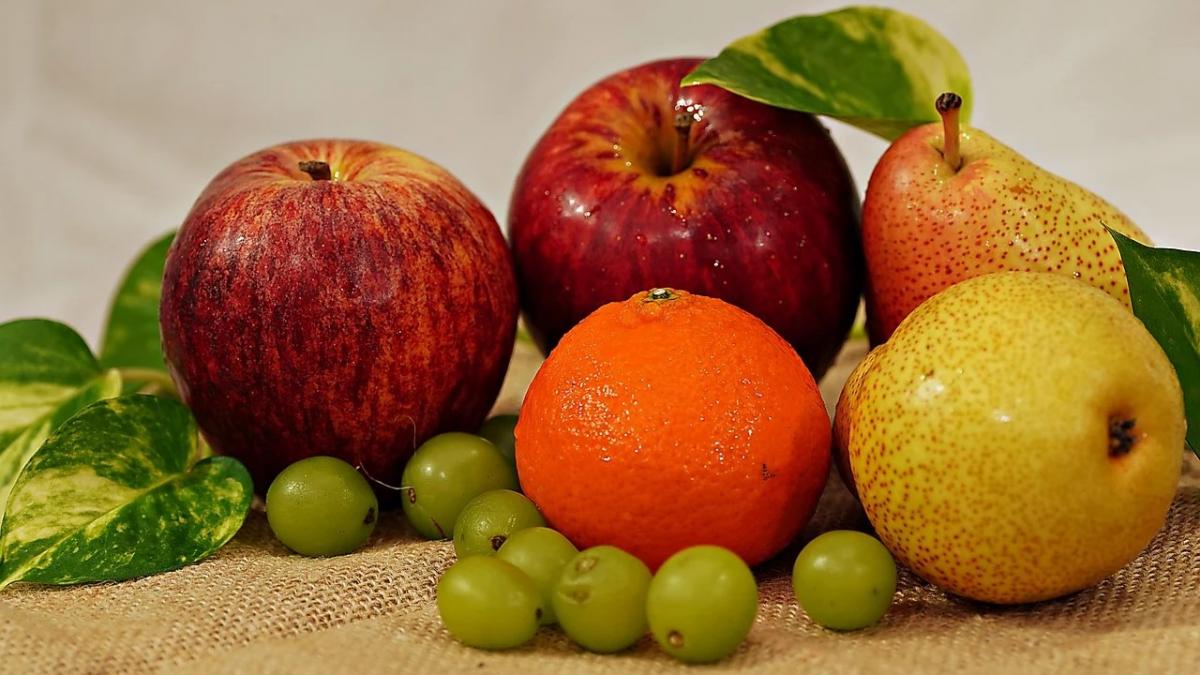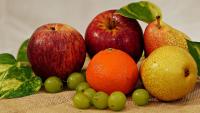You are here
Back to topChina’s Fruit Export Value Up 29.51% in First 9 Months of 2024

According to data from China Customs and the China Chamber of Commerce for Import and Export of Foodstuffs, Native Produce and Animal By-Products, China exported 3.28 million metric tons or $3.99 billion worth of fruit in the first three quarters of 2024, representing year-on-year increases of 44.14% and 29.51%, respectively. China’s fruit export performance was outstanding during this period, indicating growing competitiveness on the global fruit market.
Southeast Asian markets remained the primary destinations for China’s fruit exports, with Vietnam, Indonesia, Thailand, Kyrgyzstan and Hong Kong at the top of the list. Compared with the past two years, Kyrgyzstan replaced the Philippines as one of the top five countries and regions in terms of both export volume and value of Chinese fruit during the first three quarters of 2024.
Vietnam ranked first in both export volume and value of Chinese fruit, accounting for 939,000 metric tons and $1.026 billion, respectively. Fruit exports to Vietnam were diverse, including table grapes (89,200 metric tons), other citrus fruits* (153,600 metric tons), fresh apples (103,100 metric tons) and other fresh pears (101,800 metric tons).
China’s fruit exports to Indonesia reached 383,700 metric tons, valued at $387 million, primarily consisting of fresh apples, other citrus fruits and table grapes. Exports to Thailand totaled 328,700 metric tons, valued at $426 million. The fruit items exported to Thailand were similar to those sent to Vietnam and Indonesia, including table grapes and fresh apples. Exports to Kyrgyzstan amounted to 233,300 metric tons and $275 million, with popular fruits including other citrus fruits and other fresh pears. Exports to Hong Kong were relatively smaller, totaling 176,300 metric tons but with a high value of $327 million, indicating a higher added value for the fruit exported to this region.
Temperate fruits were a highlight in terms of exports, with fresh apples (652,300 metric tons, $724 million), table grapes (324,500 metric tons, $557 million), clementines and similar citrus hybrids (130,500 metric tons, $123 million), other citrus fruits (519,400 metric tons, $504 million) and other fresh pears (437,700 metric tons, $416 million) being the main export drivers. These temperate fruits play a key role in China’s fruit exports, complementing the tropical fruit industry that is dominant in Southeast Asia and filling a gap in the local market. For example, in Vietnam, fresh Chinese apples and pears are highly popular among consumers, with stable demand throughout the year.
Another factor behind the strong export performance is China’s price competitiveness, as the country benefits from significant cost advantages in fruit production. These lower production costs are directly reflected in fruit prices, enabling Chinese fruits to enter Southeast Asian markets at affordable rates. Furthermore, favorable tariff policies under the Regional Comprehensive Economic Partnership have created unprecedented opportunities for China’s fruit exports to Southeast Asia. Under this agreement, tariffs on fruit have been reduced or even eliminated. Whether targeted at general consumers or price-sensitive groups, Chinese fruits have strong appeal due to their affordability.
Finally, improvements in logistics have also played a key role. The ongoing development of transportation infrastructure between China and Southeast Asia, such as the opening of the China–Laos railway, has provided more convenient land transport routes for fruit shipments. At the same time, sea and air transport options have been expanding, with various transportation methods working together to ensure efficient fruit delivery. Additionally, the increasing use of cold chain logistics technology has minimized fruit losses during transportation and storage, preserving freshness and enhancing the supply of Chinese fruits on Southeast Asian markets.
*Editor’s note: “Other citrus fruits” and “other fresh pears” correspond to the descriptions used by China Customs in its harmonized system for import and export commodities. “Other citrus fruits” refers to HS code 08052190, which includes mandarin oranges and satsuma oranges and is used for citrus items not covered by HS codes 08051000 (oranges), 08052900 (clementines and similar hybrids), 08054000 (fresh grapefruit and pomelos) or 08055000 (lemons and limes). “Other fresh pears” refers to HS code 08083090, which is used for pears not covered by HS codes 08083010 (Ya pears and Hsueh pears) or 08083020 (Xiang pears).
Image: Pixabay
This article was translated from Chinese. Read the original article.













Add new comment